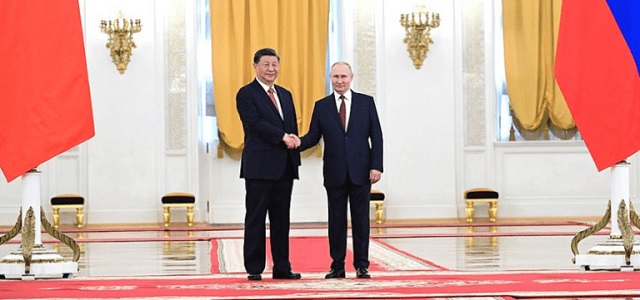Uncategorized
Mars touchdown: NASA spacecraft survives supersonic plunge

CAPE CANAVERAL, Fla. — Minutes after touching down on Mars, NASA’s InSight spacecraft sent back a “nice and dirty” snapshot of its new digs. Yet the dust-speckled image looked like a work of art to scientists.
The photo revealed a mostly smooth and sandy terrain around the spacecraft with only one sizable rock visible.
“I’m very, very happy that it looks like we have an incredibly safe and boring landing location,” project manager Tom Hoffman said after Monday’s touchdown. “That’s exactly what we were going for.”
A better image came hours later and more are expected in the days ahead, after the dust covers come off the lander’s cameras.
The spacecraft arrived at Mars after a perilous, supersonic plunge through its red skies that took just six minutes.
“Touchdown confirmed!” a flight controller called out just before 3 p.m. EST, setting off jubilation among scientists at NASA’s Jet Propulsion Laboratory in Pasadena, California, who had waited in white-knuckle suspense for word to reach across 100 million miles (160 million
It was NASA’s eighth successful landing at Mars since the 1976 Viking probes, and the first in six years. NASA’s Curiosity rover, which arrived in 2012, is still on the move on Mars.
Because of the distance between Earth and Mars, it took eight minutes for confirmation to arrive, relayed by a pair of tiny satellites that had been trailing InSight throughout the six-month, 300-million-mile (
“Flawless,” declared JPL’s chief engineer, Rob Manning. “Sometimes things work out in your
InSight, a $1 billion international project, includes a German mechanical mole that will burrow down 16 feet (5
Late Monday, NASA reported the spacecraft’s vital solar arrays were open and recharging its batteries.
Over the next few “sols” — or Martian days of 24 hours, 39
Banerdt called InSight’s first snapshot of the surface the first bit of science, albeit “nice and dirty.” He said the image would be cleaned and the black specks would disappear. That photo came from a camera low on the lander. Late Monday, NASA released a clean photo taken by a higher camera that showed part of the lander and the landscape.
The 800-pound (360-kilogram) InSight is stationary and will operate from the same spot for the next two years, the duration of a Martian year.
“In the coming months and years even, history books will be rewritten about the interior of Mars,” said JPL’s director, Michael Watkins.
NASA went with its old, straightforward approach this time, using a parachute and braking engines to get InSight’s speed from 12,300 mph (19,800 kph) when it pierced the Martian atmosphere, about 77 miles (114
Many Mars-bound spacecraft launched by the U.S., Russia and other countries have been lost or destroyed over the years, with a success rate of just 40
The three-legged InSight settled on the western side of Elysium Planitia, the plain that NASA was aiming for.
Museums, planetariums and libraries across the U.S. held viewing parties to watch the events unfold at JPL. NASA TV coverage was also shown on the giant screen in New York’s Times Square, where crowds huddled under umbrellas in the rain.
“What an amazing day for our country,” said Jim Bridenstine, presiding over his first Mars landing as NASA’s boss.
Mars’ well-preserved interior provides a snapshot of what Earth may have looked like following its formation 4.5 billion years ago, according to Banerdt. While Earth is active seismically, Mars “decided to rest on its laurels” after it formed, he said.
By examining and mapping the interior of Mars, scientists hope to learn why the rocky planets in our solar system turned out so different and why Earth became a haven for life.
Still, there are no life detectors aboard InSight. NASA’s next mission, the Mars 2020 rover, will prowl for rocks that might contain evidence of ancient life. The question of whether life ever existed in Mars’ wet, watery past is what keeps driving NASA back to the fourth rock from the sun.
After InSight landed, the two experimental satellites zoomed past Mars, their main job done. One took one last photo of the red planet that the satellites’ chief engineer, Andy Klesh, titled “farewell to InSight … farewell to Mars.”
___
For AP’s complete coverage of the Mars landing: https://apnews.com/MarsLanding
___
The Associated Press Health and Science Department receives support from the Howard Hughes Medical Institute’s Department of Science Education. The AP is solely responsible for all content.
Marcia Dunn, The Associated Press
Uncategorized
RCMP recruitment failure has Alberta advocacy group calling for Provincial Police Service

News release from Free Alberta Strategy (A Strong And Sovereign Alberta Within Canada)
“Make no mistake, we are paying for these services that we aren’t receiving. Alberta’s taxpayers are paying tens of millions of dollars for nearly 400 vacant RCMP officer positions – for boots that are not on the ground.”
A recent report from the Royal Canadian Mounted Police (RCMP)’s independent Management Advisory Board had findings that are nothing short of alarming:
“Federal policing has now arrived at a critical juncture of its sustainability, which present risks for the national security and safety of Canada, its people, and its interests,” says the report.
After over a year of diligent study, the Board has been tirelessly firing off flares, signalling to all who will listen: the very foundation of our national public safety apparatus may be at risk of faltering.
This is doubly problematic because, as you well know, the RCMP is also responsible for boots-on-the-ground policing in large parts of the country, including many rural and remote areas – including in Alberta.
Rural crime has been a longstanding issue in Alberta, and social disorder continues to make headlines nightly.
Alberta Minister of Public Safety, Mike Ellis, took to social media platform X (formerly known as Twitter) to express his opinion:
“The independent report finds the RCMP has struggled in recent years to recruit and retain regular members, a problem that’s particularly acute in federal policing. This is not about the hard-working men and women on the frontline: they are doing everything they can. The reality is the RCMP do not have enough officers to police communities in Canada effectively.”
Ellis has been ahead of this story for months now.
In March, Ellis stated that:
“… on average, Alberta has an RCMP officer vacancy rate of 20 per cent. This means that Alberta is only being served by 1,522 of the 1,911 RCMP officers that the federal government has authorized for Alberta.”
“Make no mistake, we are paying for these services that we aren’t receiving. Alberta’s taxpayers are paying tens of millions of dollars for nearly 400 vacant RCMP officer positions – for boots that are not on the ground.”
The consequences of this capacity crisis are far-reaching.
Not only does it jeopardize the safety of Albertans, but it also undermines the credibility of Canada’s federal police force on the international stage.
With limited resources and personnel, the RCMP’s ability to address pressing national and global security concerns is severely compromised.
The Management Advisory Board, created in 2019 by the federal government to provide external advice to the RCMP commissioner, set up a task force in the fall of 2022 to study the federal policing program.
Overall, the report says budget and personnel shortfalls have left the RCMP “operationally limited,” restricting the number of cases it can take on annually.
Here are some more highlights from the report:
“Canada and its people have already begun to see the repercussions of the federal policing program being stretched thin.”
“Federal policing’s overall eroding capacity may have implications for the credibility of Canada’s federal police force and its investigations on the international stage.”
“Ultimately, this may influence Canada’s overall approach and standing in international politics, including its ability to advance global priorities.”
Clearly, we cannot afford to wait any longer.
Municipalities can ease the burden on our national security services by establishing municipal policing.
Several cities in Alberta already have their own police authorities, and the provincial government is providing funding for others interested in exploring this option.
Grande Prairie is already in the process of establishing their own municipal police service.
No word on how many other municipalities have taken the government up on their offer.
Unfortunately, President of Alberta Municipalities Tyler Gandam (also Mayor of Wetaskiwin) is featured prominently on the National Police Federation’s “Keep Alberta RCMP” website.
Interestingly, the Keep Alberta RCMP website doesn’t mention the fact that the advisory board even exists.
It doesn’t mention the report.
The notion that our federal policing infrastructure teeters on the brink of instability while Gandam appears to be asleep at the wheel, is deeply disconcerting.
The safety and security of Albertans must remain our top priority.
We cannot afford to wait any longer.
The time has come for the province to take swift and decisive measures to bolster policing capabilities in Alberta.
It’s time for Alberta to seriously consider the establishment of an Alberta Provincial Police Service.
It has been one of the core tenets of the Free Alberta Strategy.
If you agree, please reach out to your municipality and ask them to take steps to protect your community.
Together, we can keep Alberta safe.
Regards,
The Free Alberta Strategy Team
P.S. We’re hoping you’ll consider contributing to our cause. Your generous donation helps us make a positive impact in our community. No need to worry about any hold-ups or threats here. We’re just passionate about making a difference, and your support goes a long way in helping us achieve our goals.
Uncategorized
Making Alberta a geothermal energy leader

Eavor announces it’s the #1 geothermal energy startup company in the world – January 2024
Alberta is creating Canada’s first geothermal test site to advance drilling innovation, reduce emissions and create jobs.
Geothermal energy uses naturally occurring heat within the earth to heat water and buildings and generate power, with few emissions or environmental impacts. Alberta has vast pockets of heat below ground, making the province Canada’s geothermal leader, but testing and developing new technologies can be a barrier for many companies. Unlike the United States, Japan and other countries, Canada does not currently have an open-access test site to help spur innovation.
Alberta is taking the first steps to create a new Alberta Drilling Accelerator. This groundbreaking facility would be the first of its kind in Canada, establishing Alberta as a global hub for geothermal technology. This will drive new innovations in geothermal and other clean energy projects that can reduce emissions and power communities around the world.
To kick-start the project, the Alberta government is investing $750,000 to conduct a feasibility study led by Calgary-based Eavor Technologies and other stakeholders. The study is the first step in assessing the proposed facility. It will include identifying a site, business planning, research on the governance model, an economic impact analysis and stakeholder engagement that will lay the groundwork for the initial planning stages of the project.
“Alberta has been a global energy leader for more than a century, renowned for our skilled workforce, innovation and one of the largest oil and gas reserves on the planet. The proposed Alberta Drilling Accelerator presents enormous potential to help our province lead the next wave of energy projects here at home and around the world that reduce emissions, create jobs and enhance energy security.”
The Alberta Drilling Accelerator would help companies test out and develop new geothermal drilling techniques or technologies to reduce emissions and drive growth across the clean energy sector. It would be an open-access, technology-agnostic drilling test facility capable of drilling in challenging environments, including deep depths, high temperatures and different rock types.
The accelerator also would help speed up the development of carbon capture, utilization and storage; helium; critical minerals; and other clean technologies and commodities that rely on Alberta’s drilling sector. All of this helps attract investment and bring new technologies to scale in Canada.
“With cumulative geothermal investment poised to reach $1 trillion by 2050, a geothermal arms race is very much underway to commercialize novel drilling techniques that accelerate geothermal development – exhibited by testing facilities in the United States, China and Iceland. As Canada’s first geothermal test bed, the Alberta Drilling Accelerator will help bring geothermal technologies to scale, supporting companies like Eavor. We commend the Government of Alberta for this bold initiative.”
“We are proud to witness Eavor, a CDL-Rockies alumni company, create new opportunities for innovators like themselves to advance the adoption of energy transition technologies like geothermal. The Alberta Drilling Accelerator will further solidify Alberta’s position as a leader in the global sustainable energy landscape.”
If the feasibility study shows the facility is economically and environmentally viable, and if the project is approved by the Alberta government, the facility will start taking shape at the selected site and drilling could start as early as 2025.
“Canada is home to the most advanced drilling technology in the world. Not only do our members support the responsible development of oil and gas, but we are integral in the extraction of new energy resources like geothermal and critical minerals. Our workers are at the epicentre of Canada’s energy transformation. Our people, technology and processes are leading the way towards a more diverse energy future. The Alberta Drilling Accelerator is a government-enabled policy approach to expand Alberta’s drilling capacity and reach its full potential as the world’s most diverse and technologically advanced producer and exporter of sustainable energy and critical minerals.”
“The Alberta Drilling Accelerator is a testament to Alberta’s innovative and entrepreneurial spirit. Leveraging our oil and gas sector expertise, Alberta is poised to become the global leader in developing new geothermal technologies that will play an integral role in reducing emissions while supporting job creation.”
Quick facts
- The Canadian Association of Energy Contractors estimates that one active drilling rig, whether drilling for natural gas or geothermal, creates approximately 220 direct and indirect jobs and
$1 million in tax revenue. - In 2019, Eavor received $2 million in provincial funding through Emissions Reduction Alberta and Alberta Innovates for the world’s first closed-loop geothermal system.
Related information
-
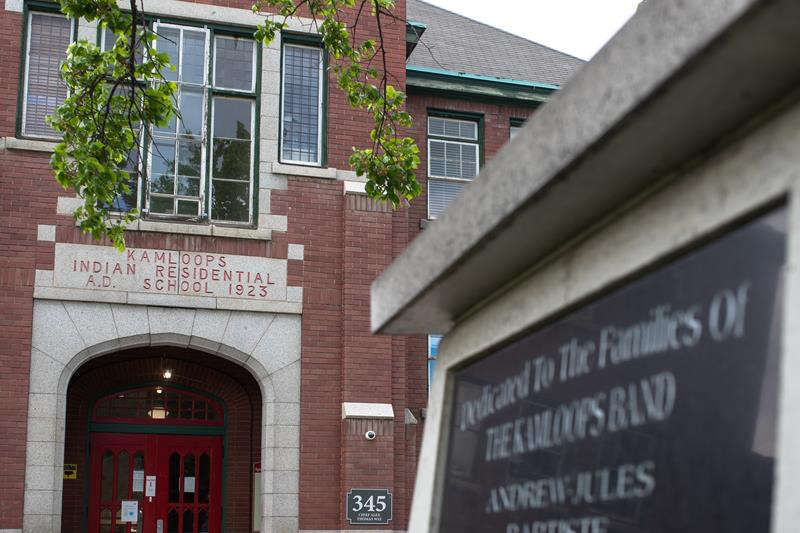
 Indigenous1 day ago
Indigenous1 day agoNo accounts on $7.9 million dollar ‘Truth’ Fund
-

 Fraser Institute1 day ago
Fraser Institute1 day agoFederal government should have taken own advice about debt accumulation
-
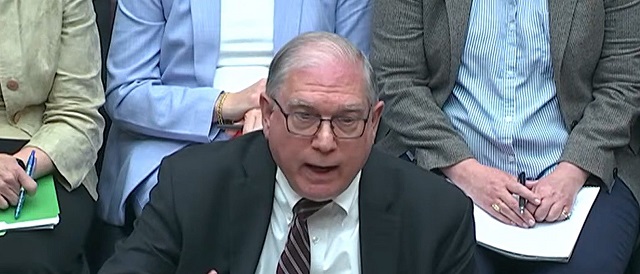
 COVID-192 days ago
COVID-192 days agoHouse COVID Committee Confirms What We Have Long Suspected — The Feds Really Hate Transparency
-
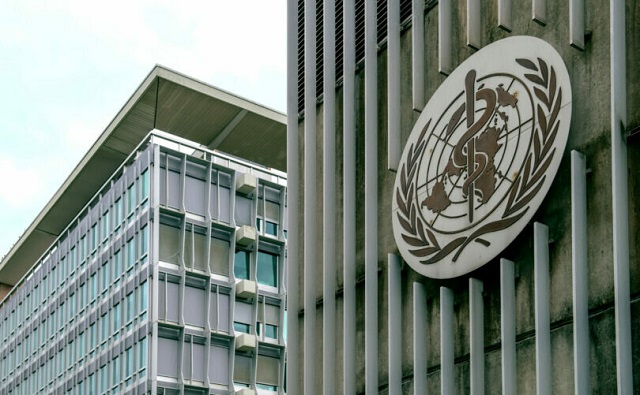
 Great Reset2 days ago
Great Reset2 days agoRepublican governors sign letter opposing WHO treaty
-

 Health2 days ago
Health2 days agoUniversity of Toronto Study Finds Teen Marijuana Use Tied To Dramatic Increased Risk Of Psychosis
-

 MacDonald Laurier Institute1 day ago
MacDonald Laurier Institute1 day agoToronto’s “Sankofa Square” – The terrible folly and historic injustice of erasing the legacy of abolitionist Henry Dundas
-

 Media1 day ago
Media1 day agoTrudeau’s Online News Act has crushed hundreds of local Canadian news outlets: study
-
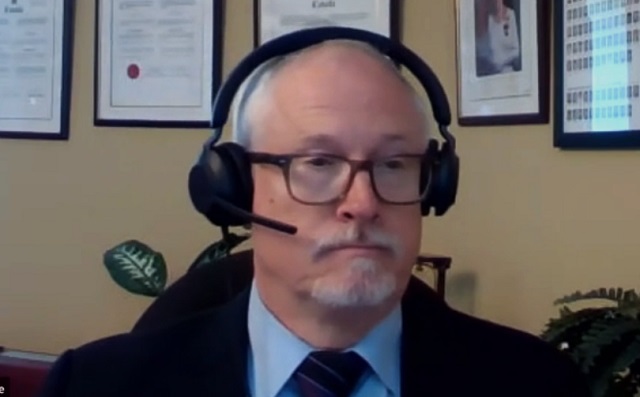
 Great Reset17 hours ago
Great Reset17 hours agoCanadian MP warns new WHO pandemic treaty may enshrine COVID-era freedom restrictions

